About a week in and I can finally (finally) say that I am adjusted to the time here. I still wake up most nights, multiple times, but I am actually staying awake past 9:00 now so that’s exciting.
For the next 7 weeks now, I plan on doing my absolute best on giving you not only a glimpse into my world, but into the lives of the Kenyan people around me. This post will lay some framework for my world and those with me on the trip. There are 9 pharmacy students from Purdue University, including myself, and for many of us it is our first time outside of the United States. I will likely be referring to them once or twice throughout my stay here, so here’s a chance for you to put a face to a name.
The Crew:
The first few days once we arrived were hectic! Between getting adjusted to the new time zone and the Kenyan culture, my body and brain were in a bit of shock. The first day, we went to the ATM and pulled out some Kenyan shilling (Ksh) which take about 100 to equal 1 USD, aka $100 USD = 10,000 Ksh. Cost-wise, everything here is relatively inexpensive compared to back home. Our taxi rides typically cost anywhere from $2-5 depending on the distance and our food (even at nicer restaurants) is normally under $10 per person (the same amount of food in the US would likely cost $20+).
Let’s do a quick Q&A sesh to set the scene a bit.
Where the heck are we living while we’re here?
This was a popular question I got before I left and I understand why; but fear not, we are staying at a wonderful place called IU House – and I know, as Purdue kids we’re supposed to be deeply dispassionate about IU but they have some phenomenal people that helped build a robust global health program here and I am nothing but appreciative for their efforts. IU House houses tons of people from around the world that travel to Eldoret to provide care here, most of which are us (pharmacy students), medical students and residents, and physicians.
Pictured below is IU House(s) – as you can see, it is (in my opinion) a really pretty compound. Before arriving, I honestly had fairly low expectations and was not entirely sure what to expect. They have lots of plants, trees, flowers, etc. which keeps it looking and smelling fresh. There are two gates between us and street traffic, each gate staffed with guards around the clock to keep us safe. Within our second-gate there are multiple look-alike buildings that house the “shorter-term” residents, those of here less than a year. Our rooms are… well… cozy. Max and I share a room roughly 12x10 feet in size, fully decked out with bunk beds, mosquito nets, a desk, a dresser, and a safe to lock up our valuables. Going to the bathroom actually requires us to take an adventure outside, about a whole 5 feet, to our small but adequate place. There isn’t a separate bathtub area or anything for our shower, it’s just part of the bathroom (which you can see if you look closely).
The Room:
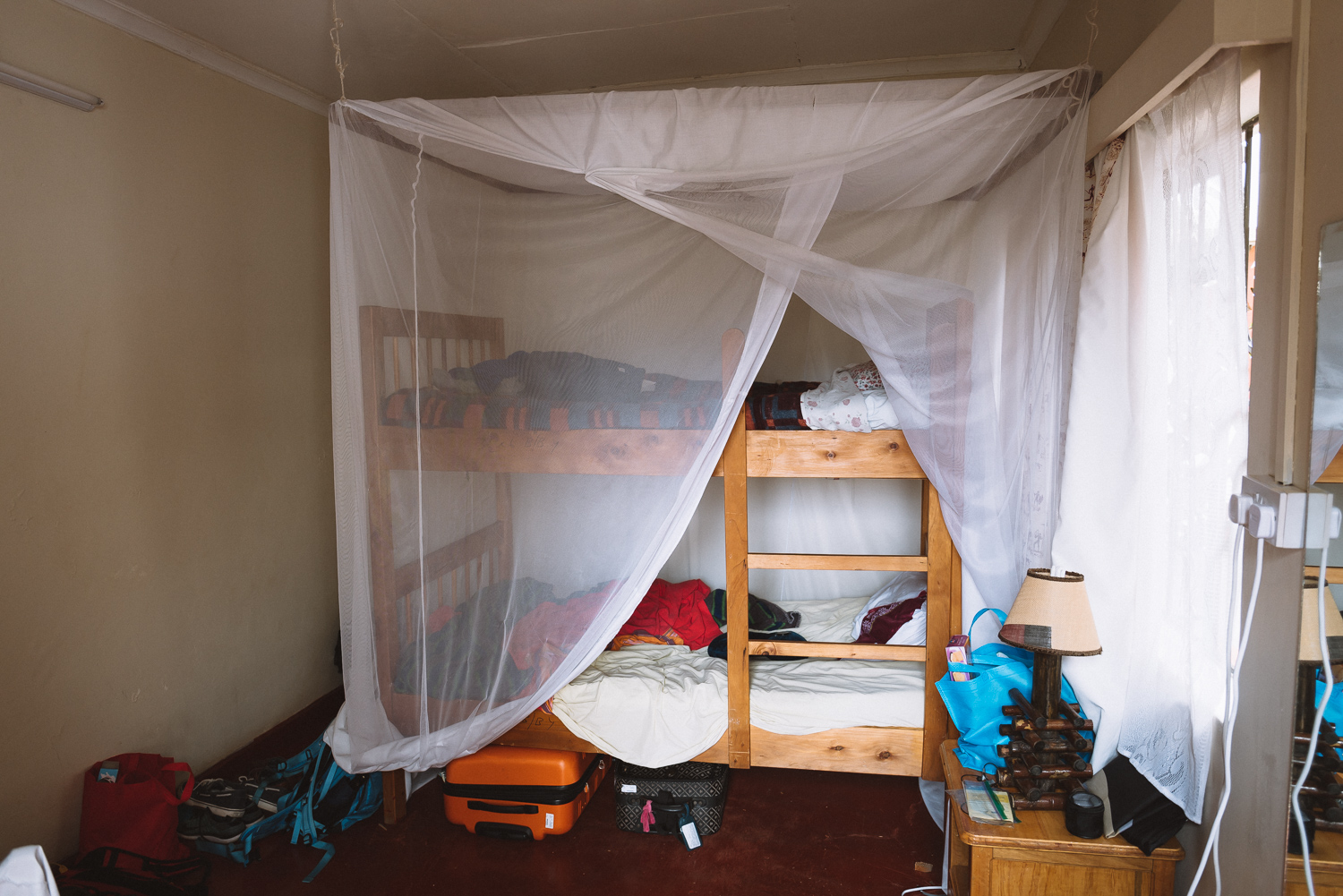
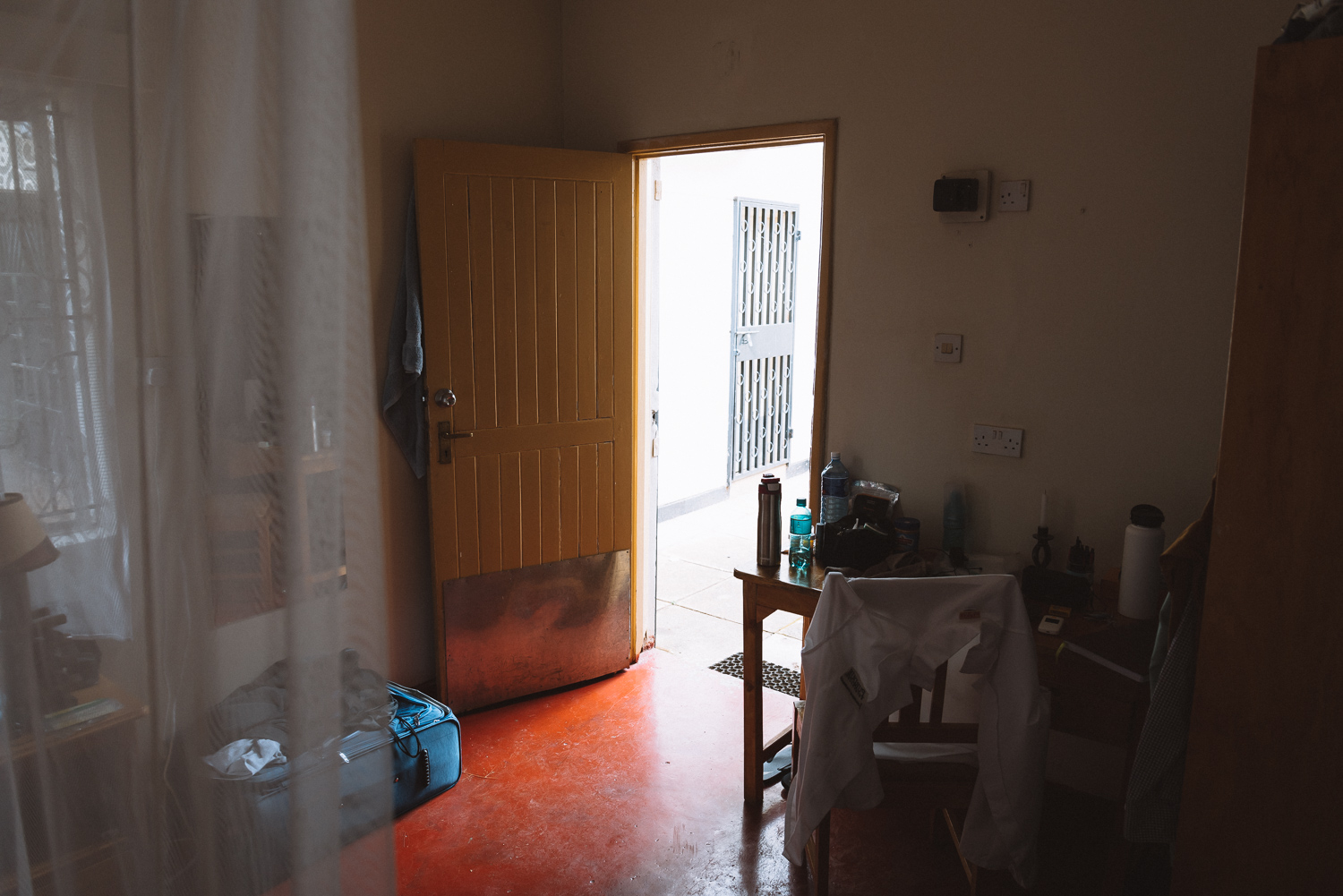
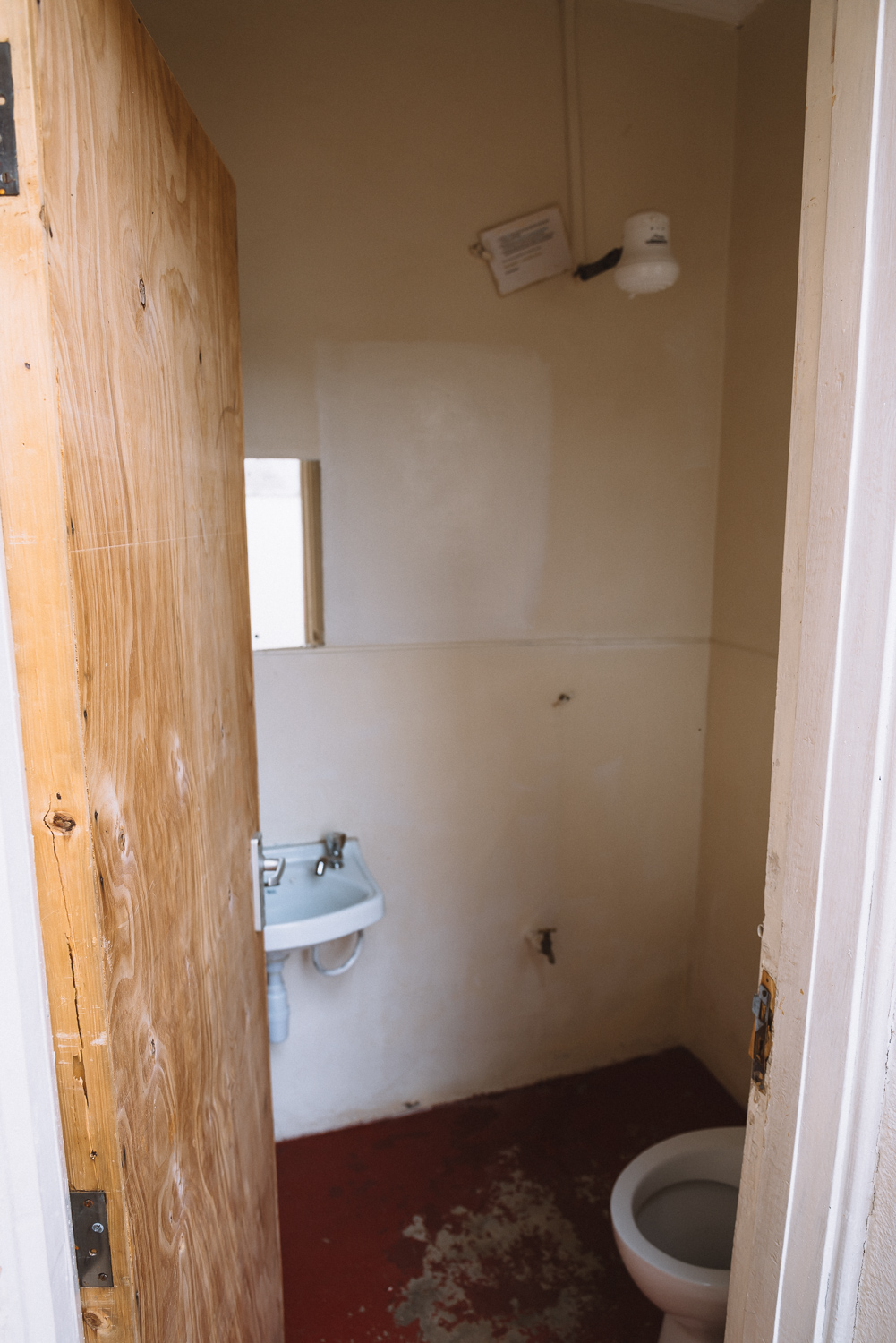
IU House Compound:
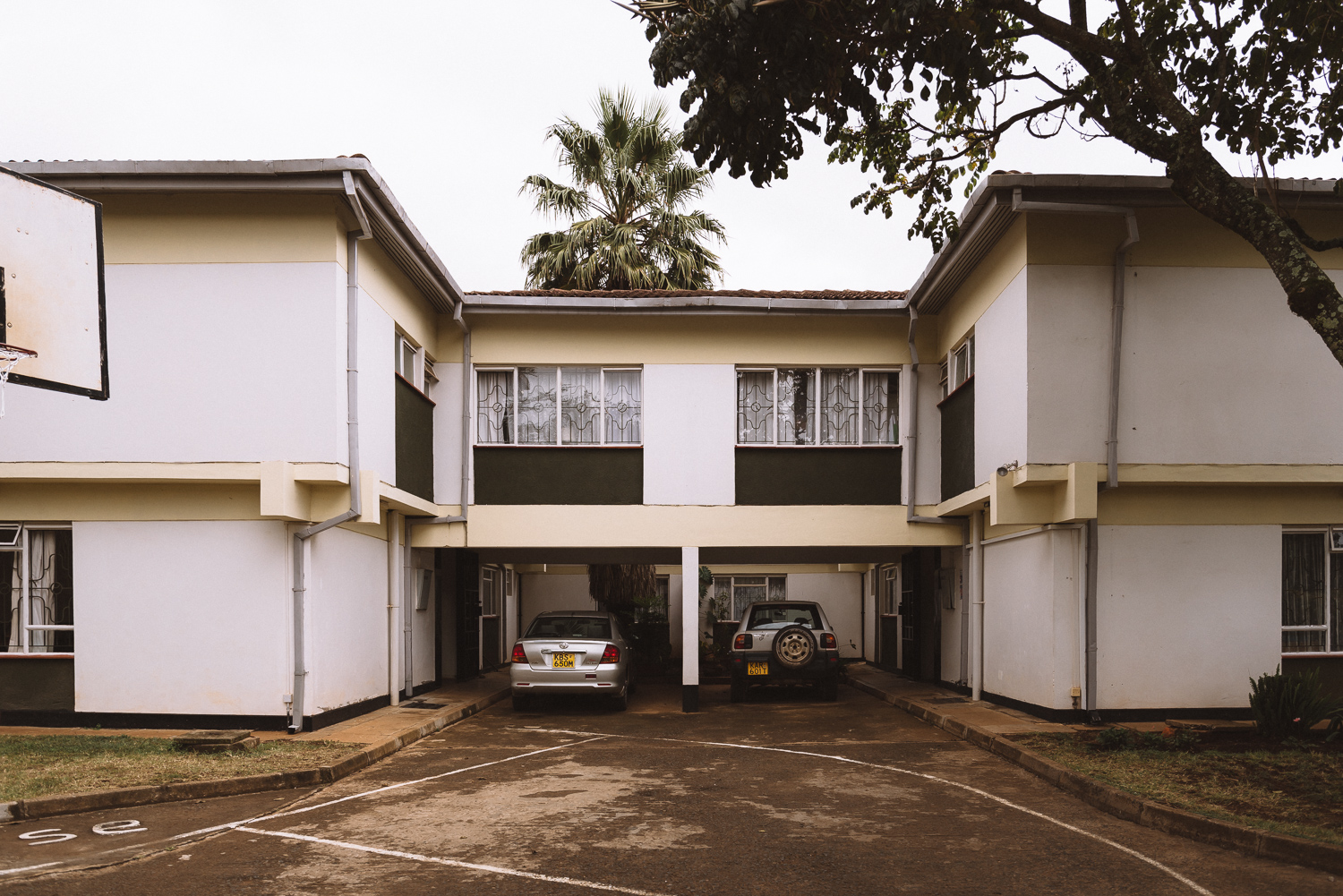
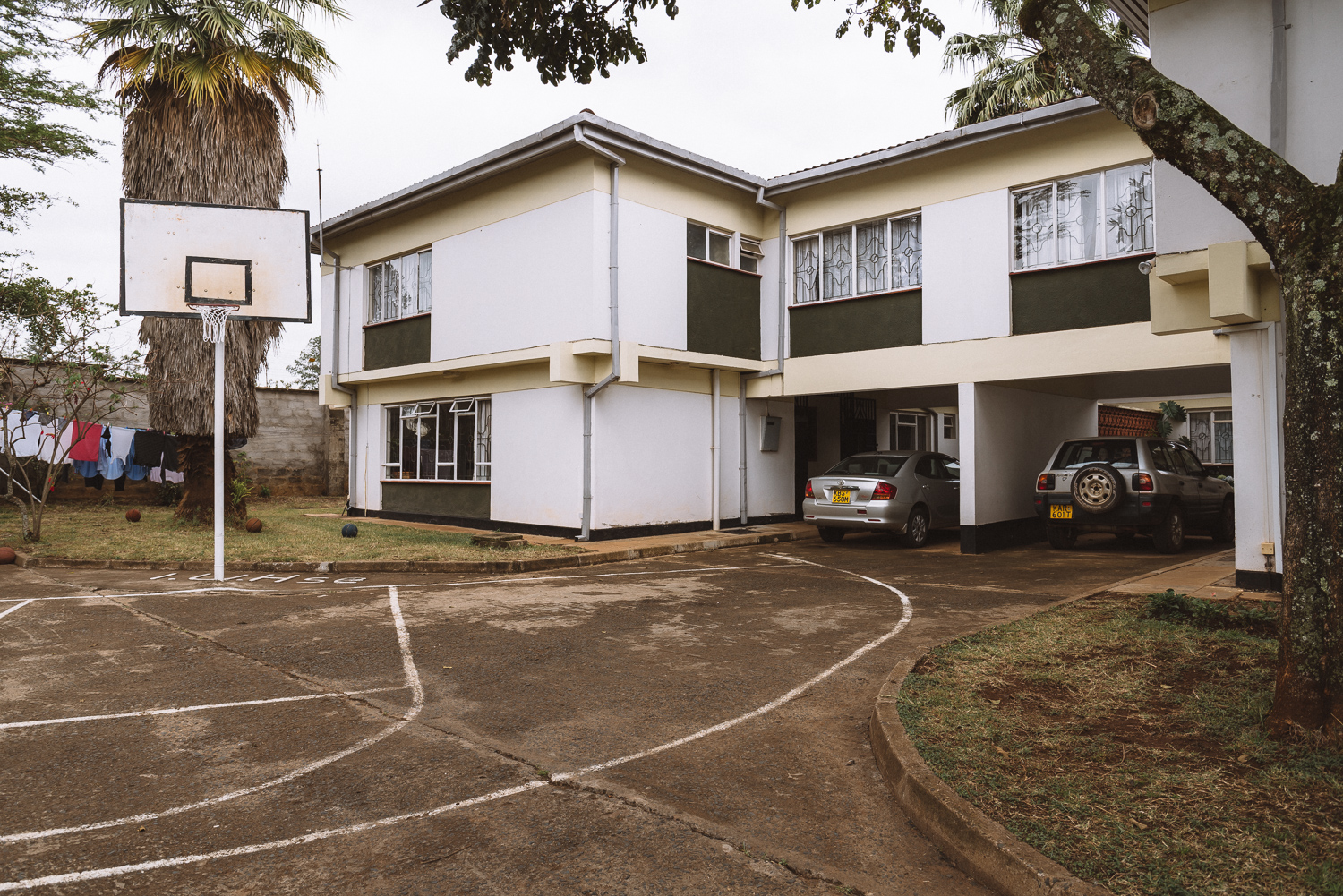
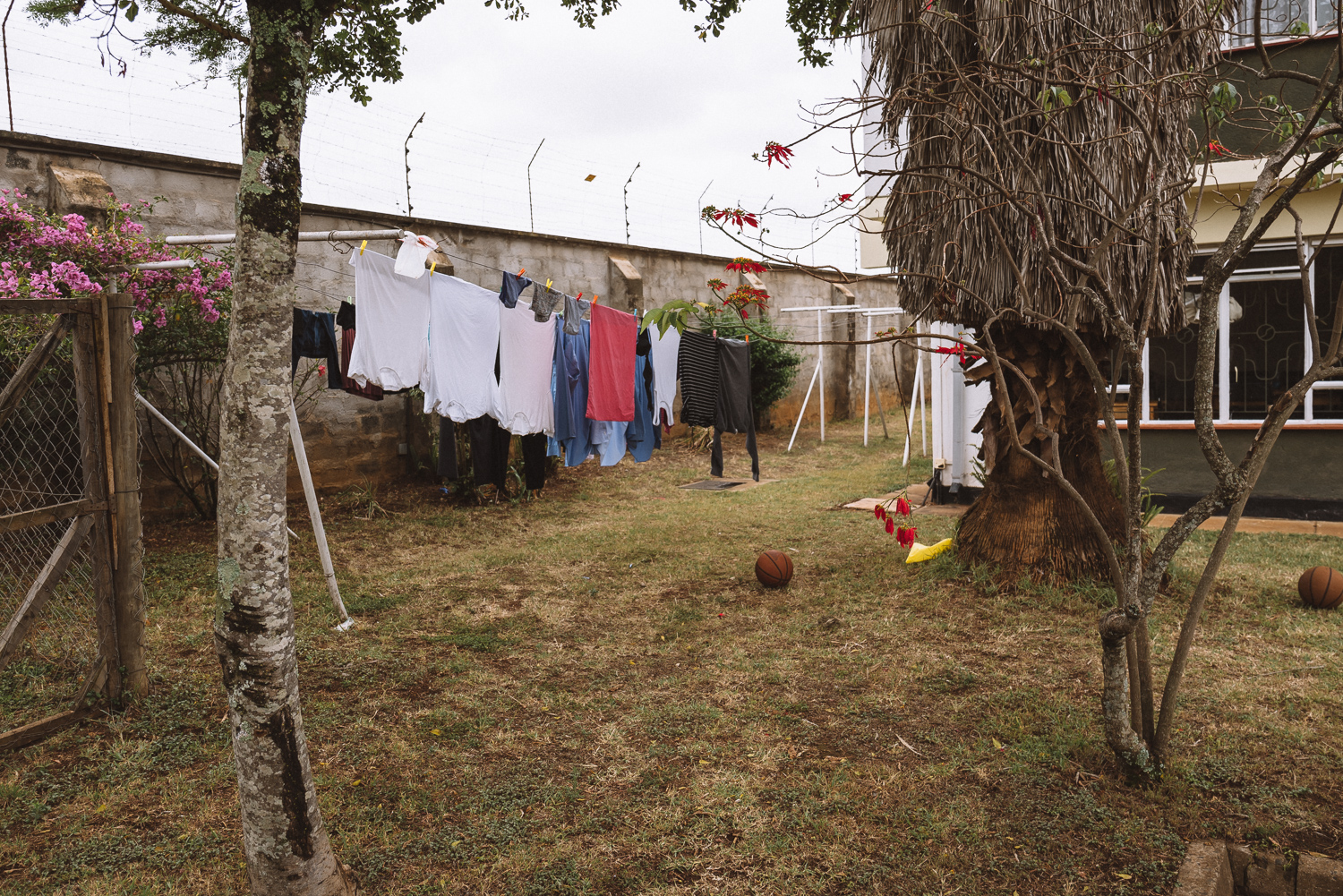
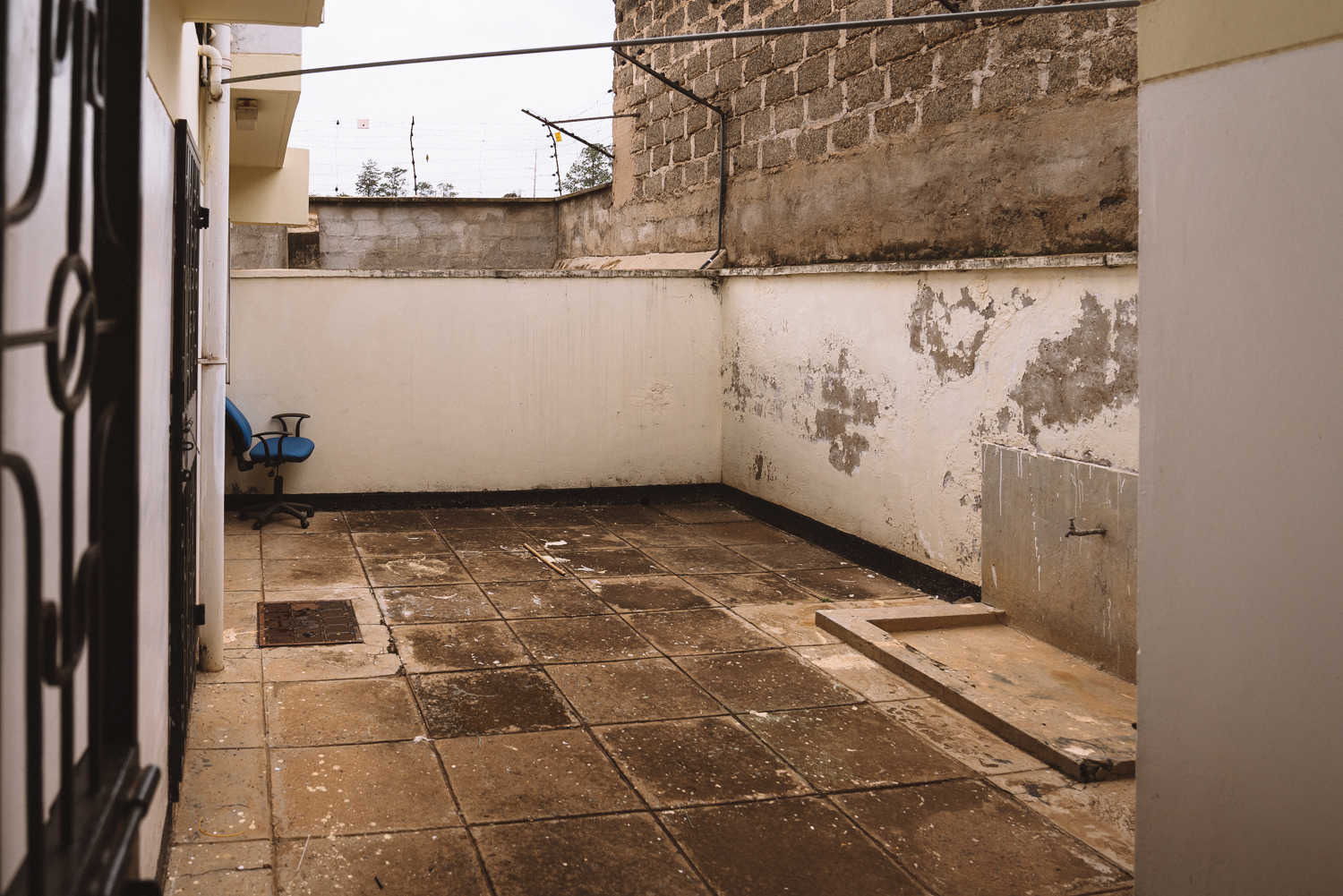
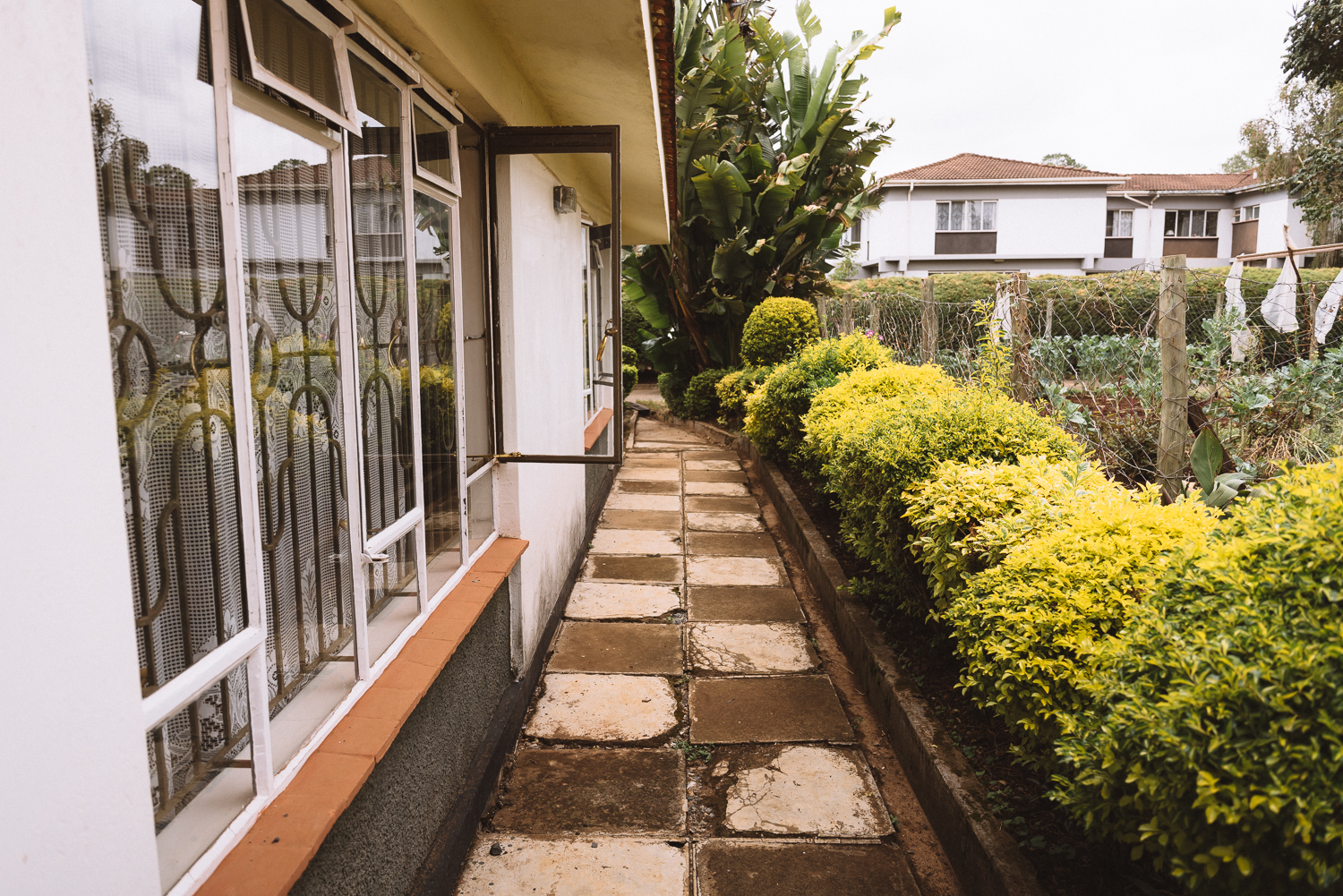
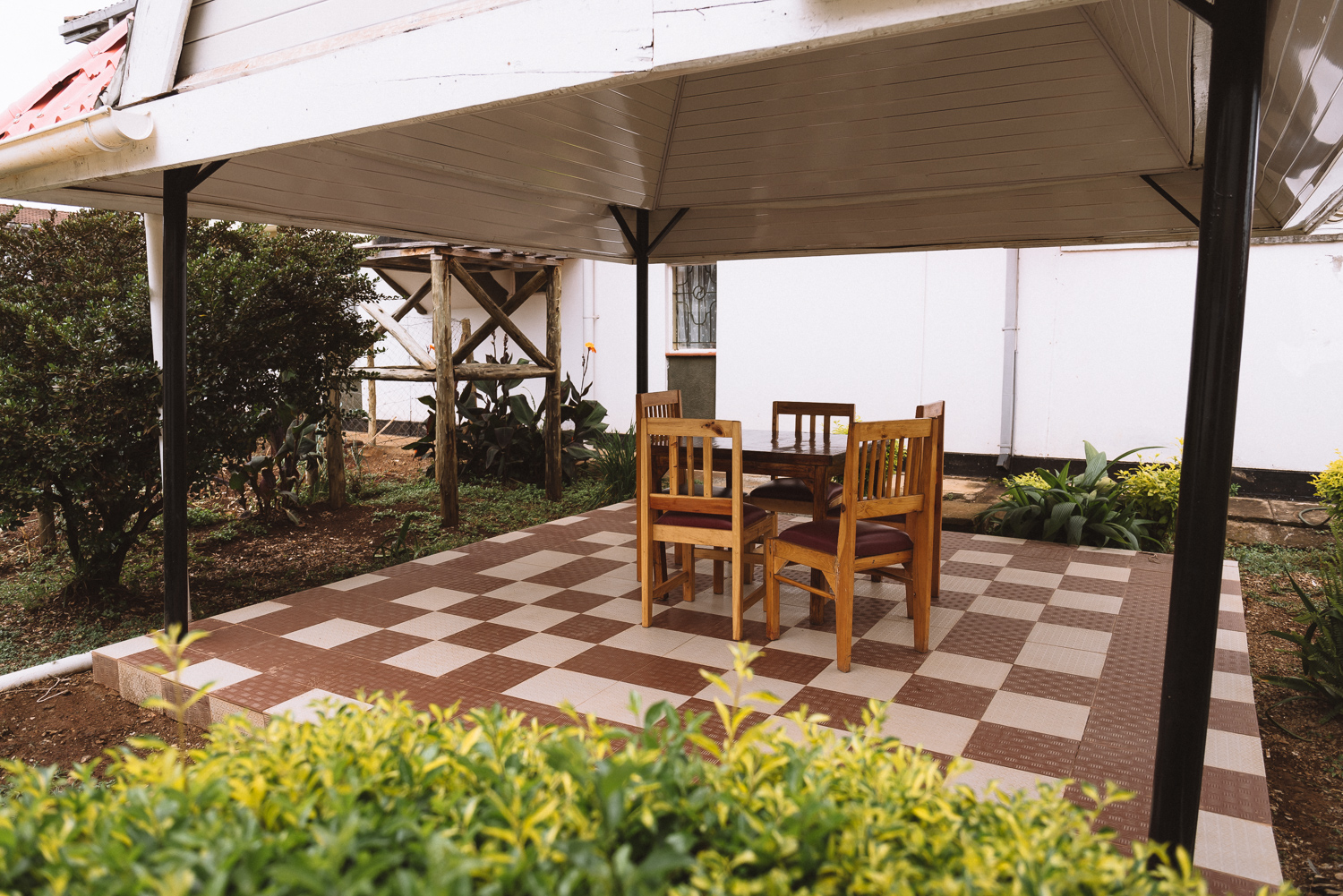
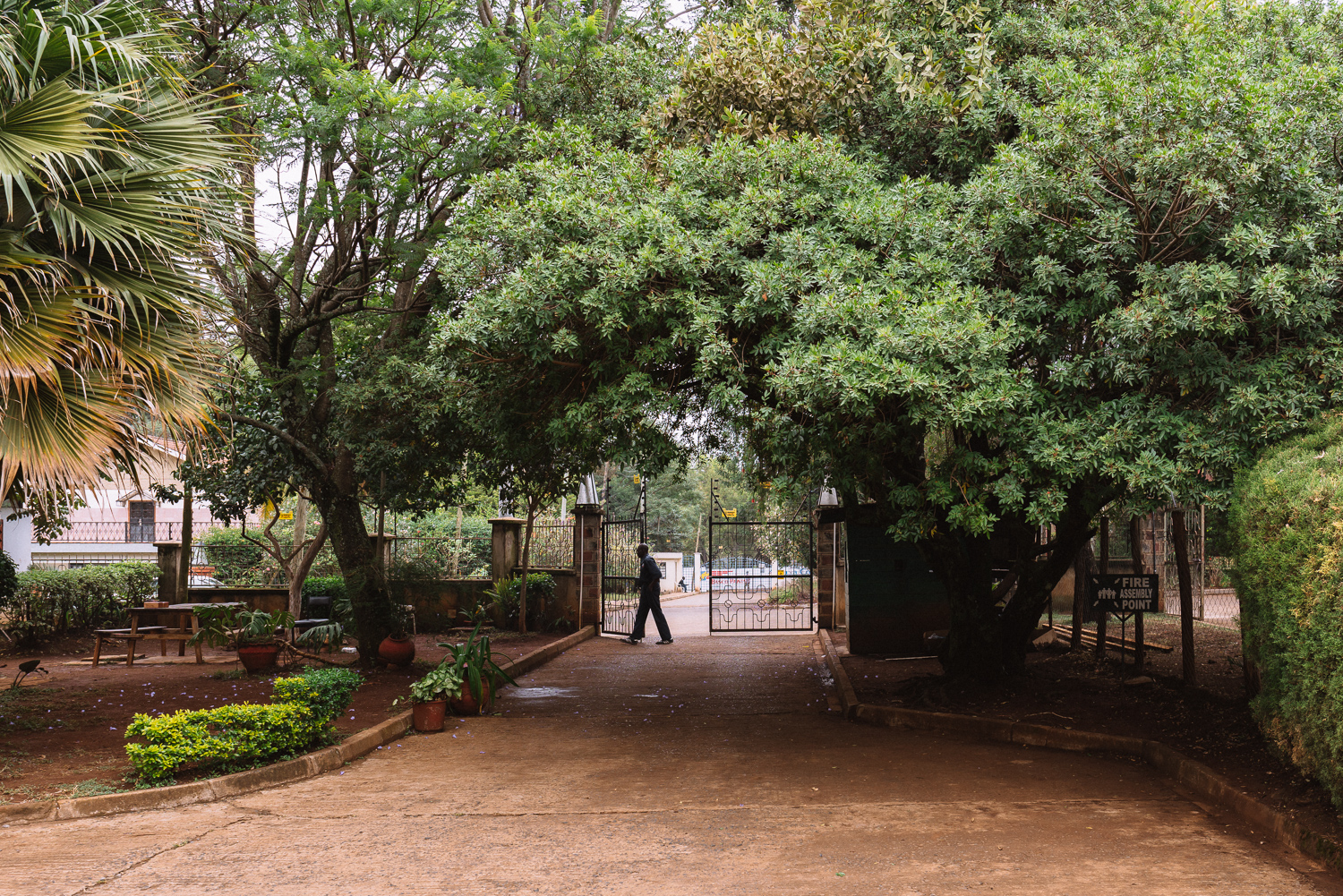
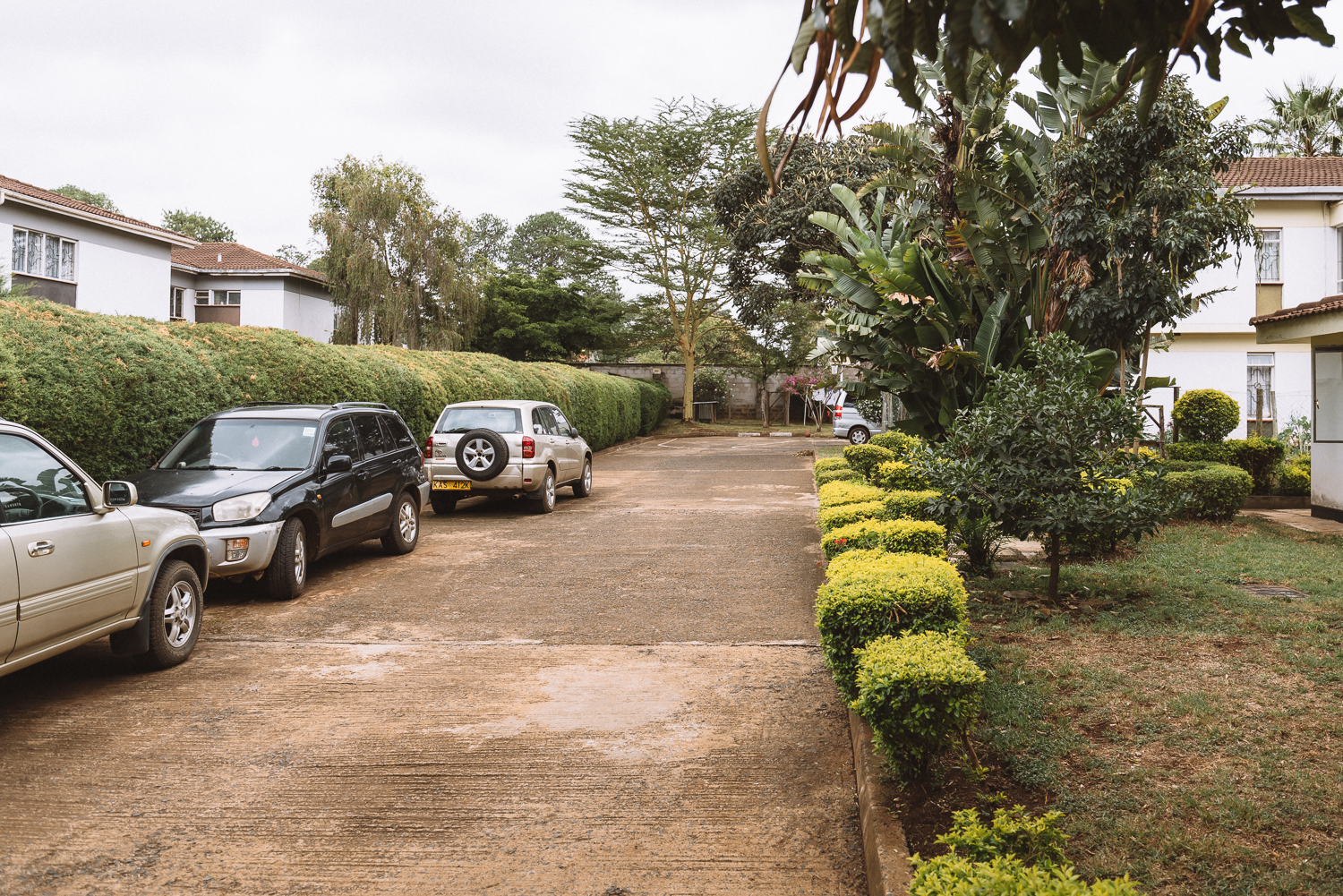
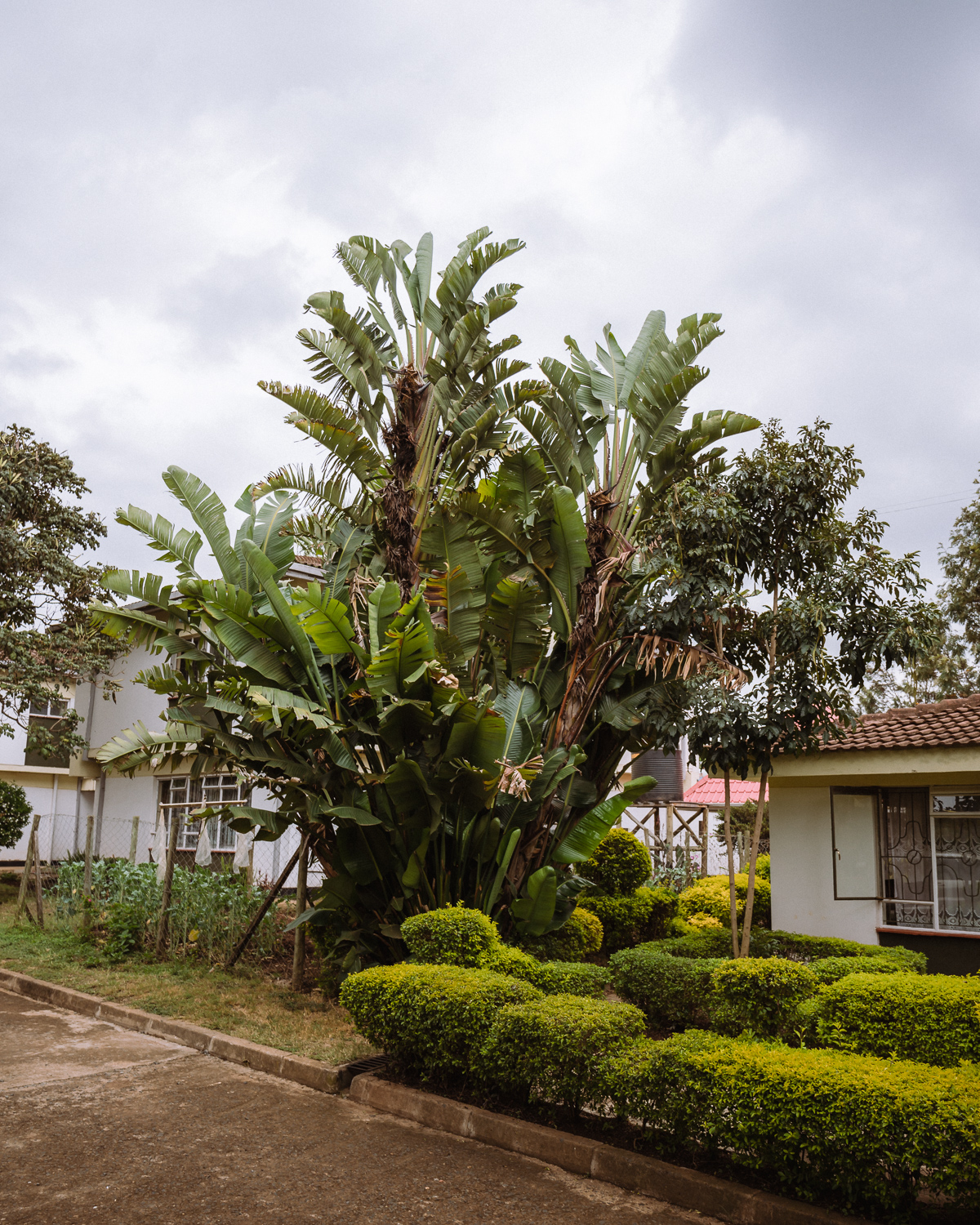

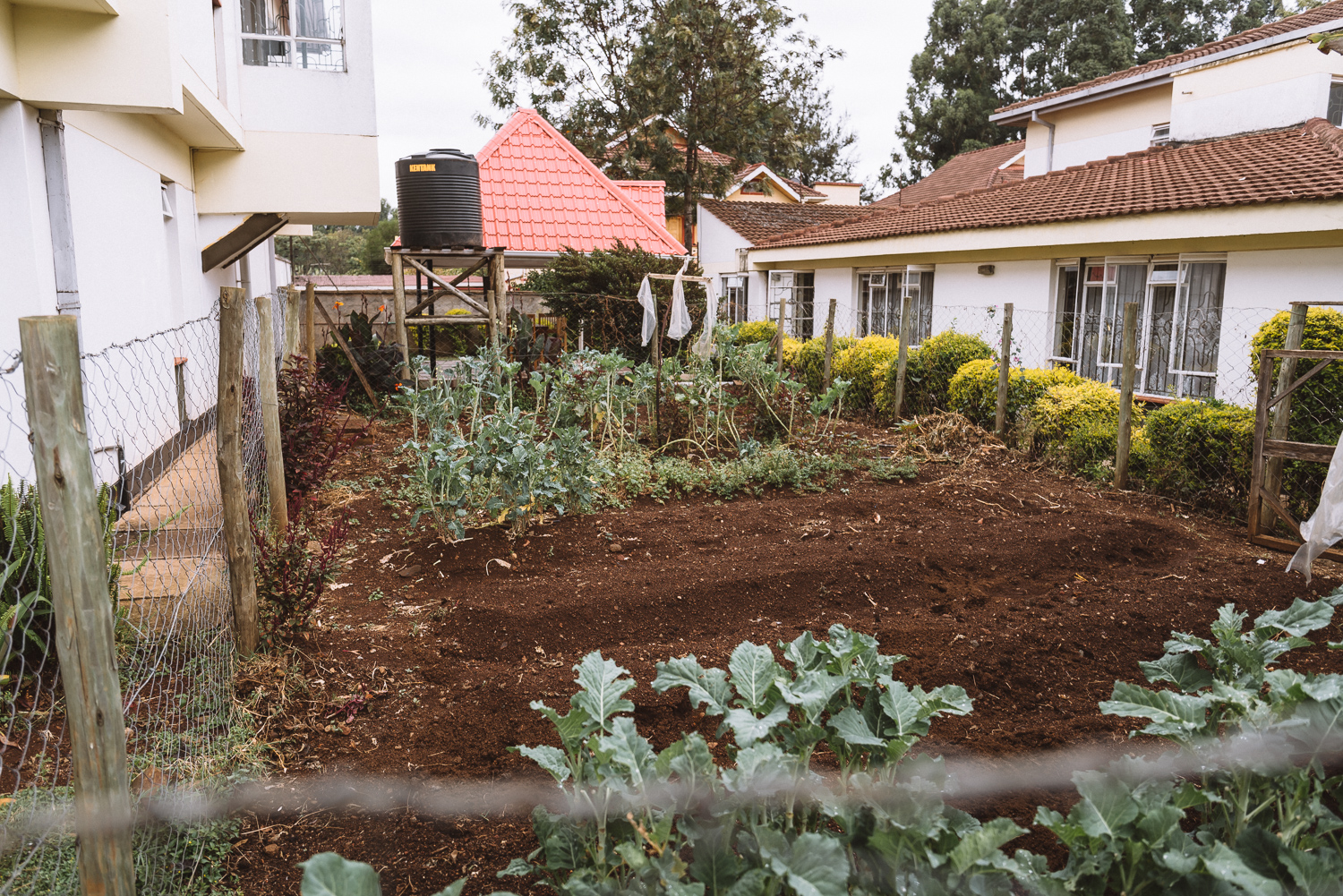
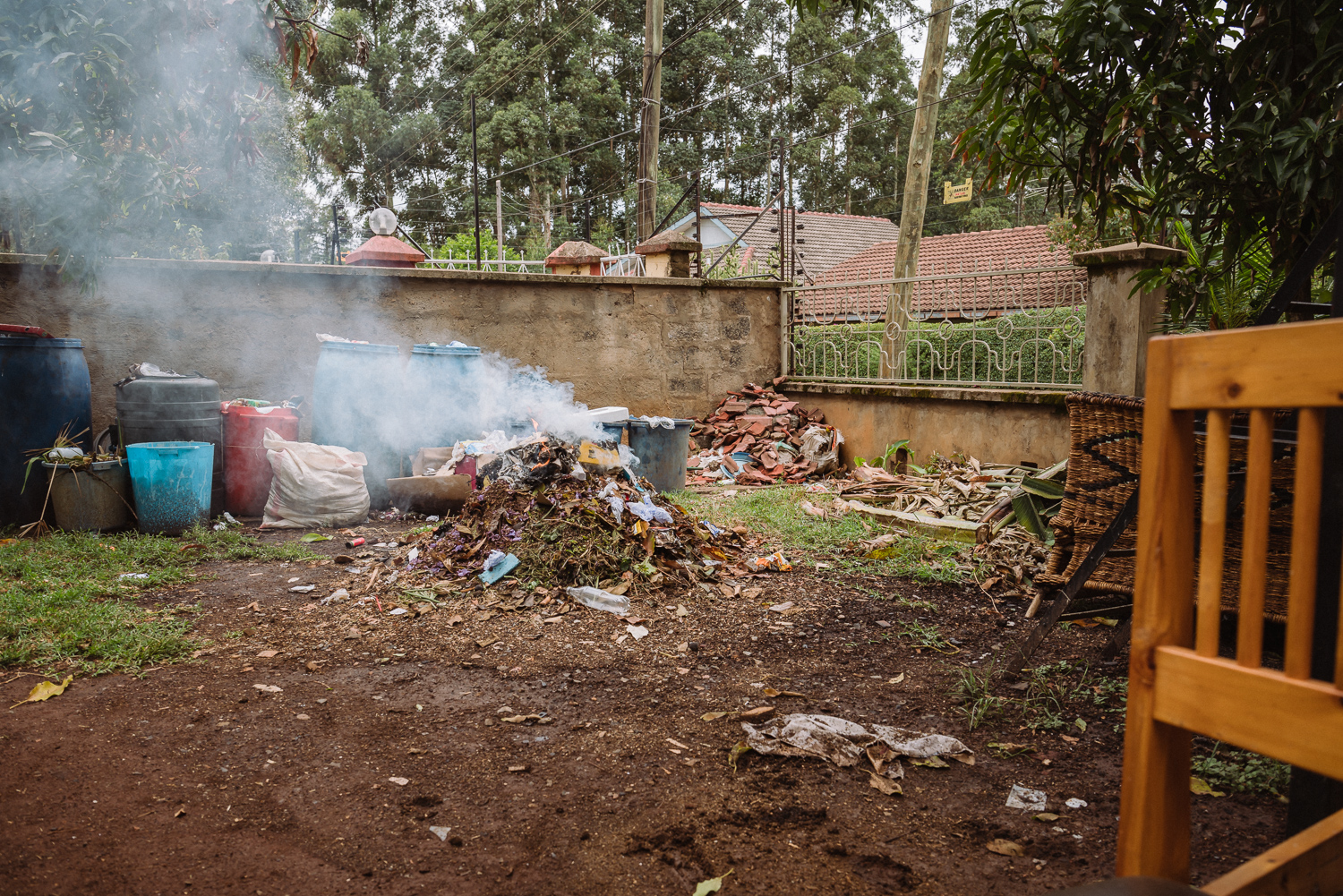
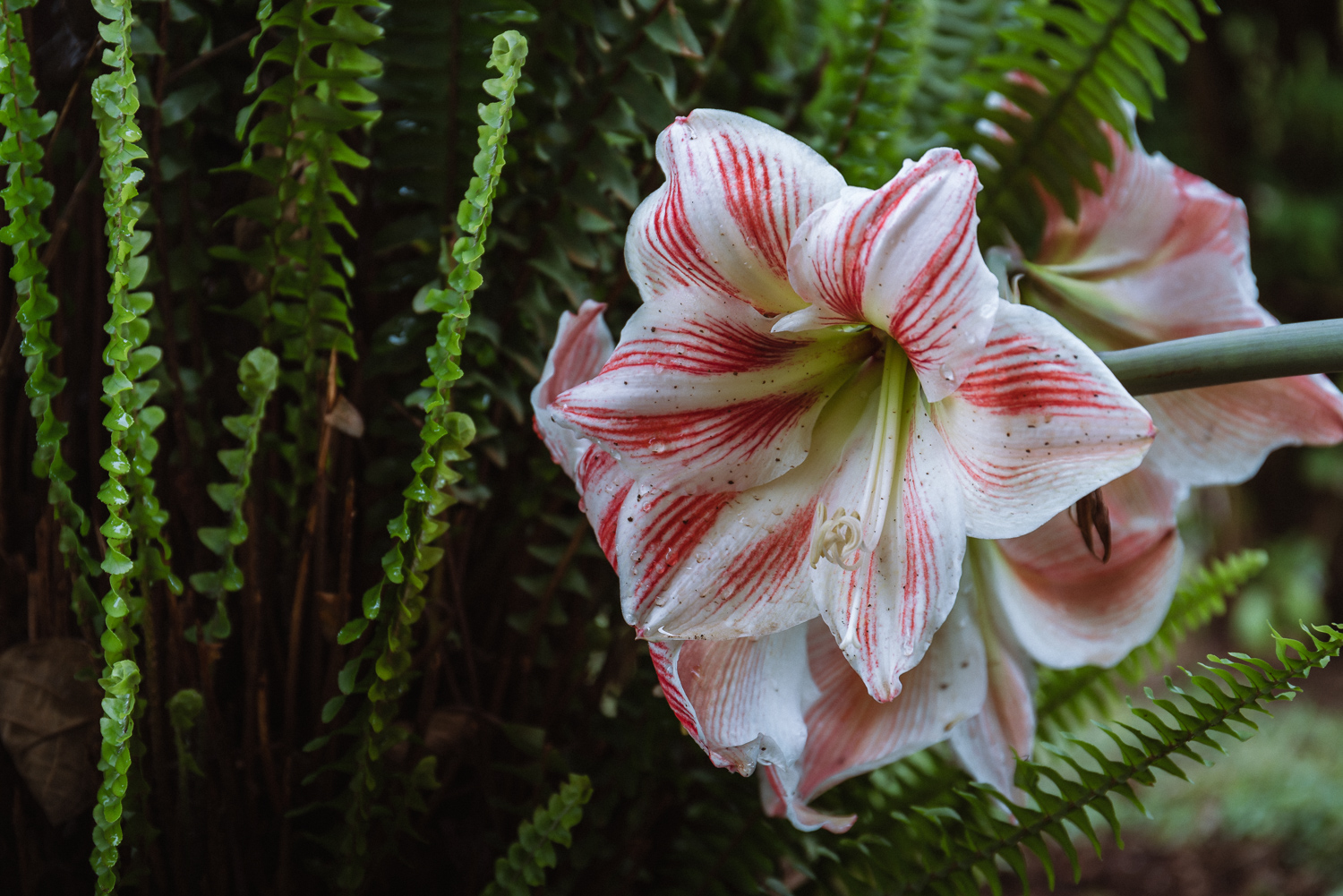
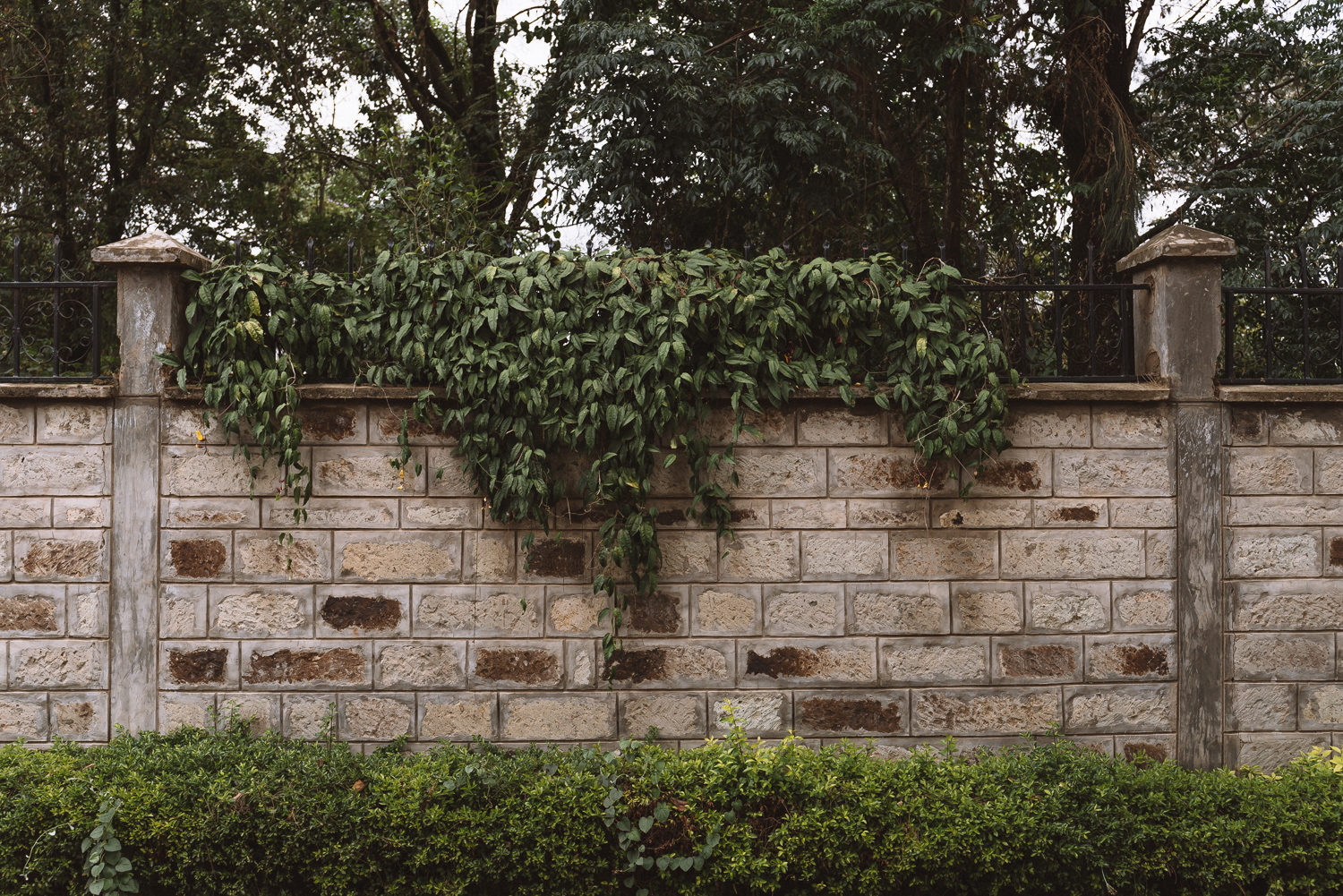
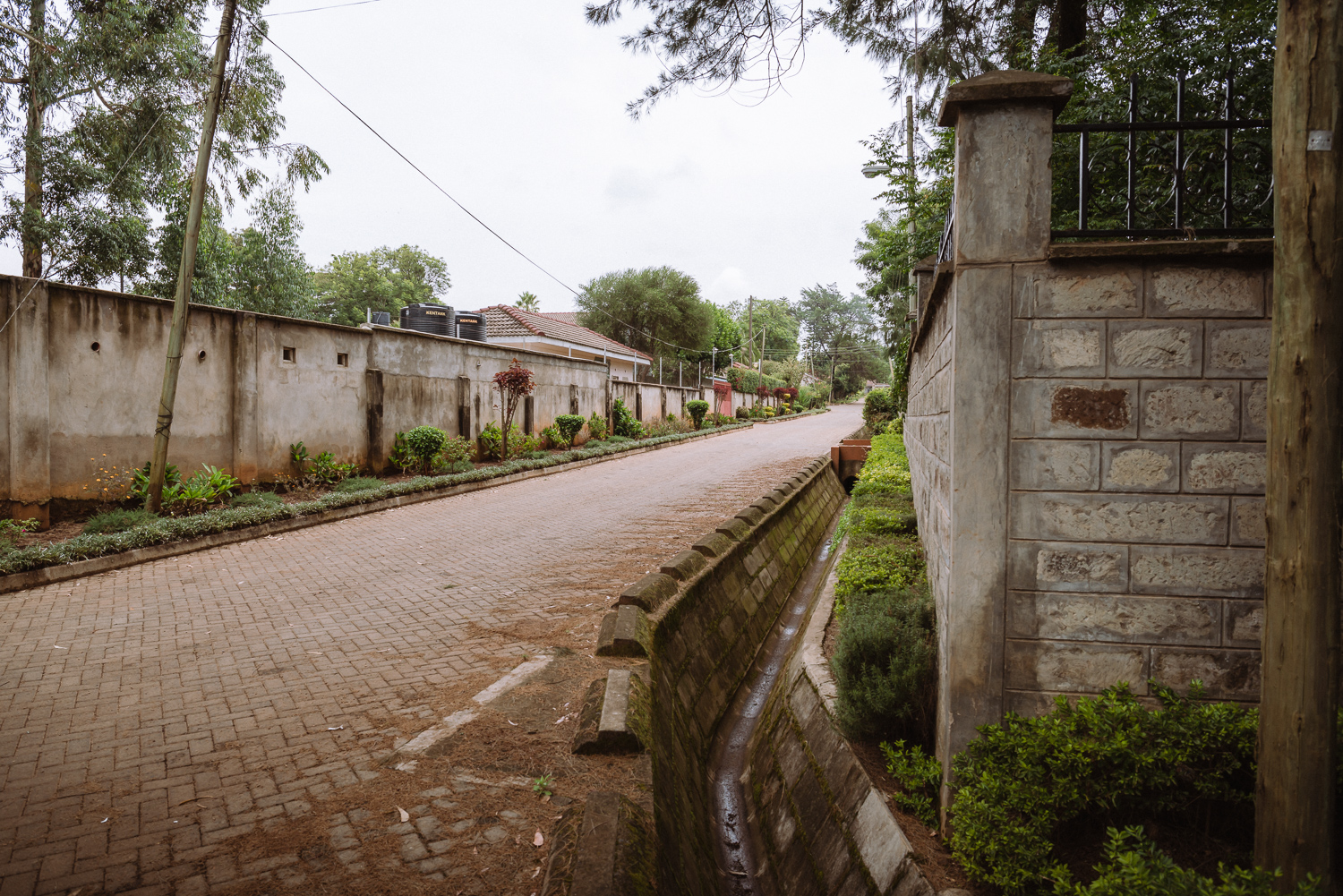
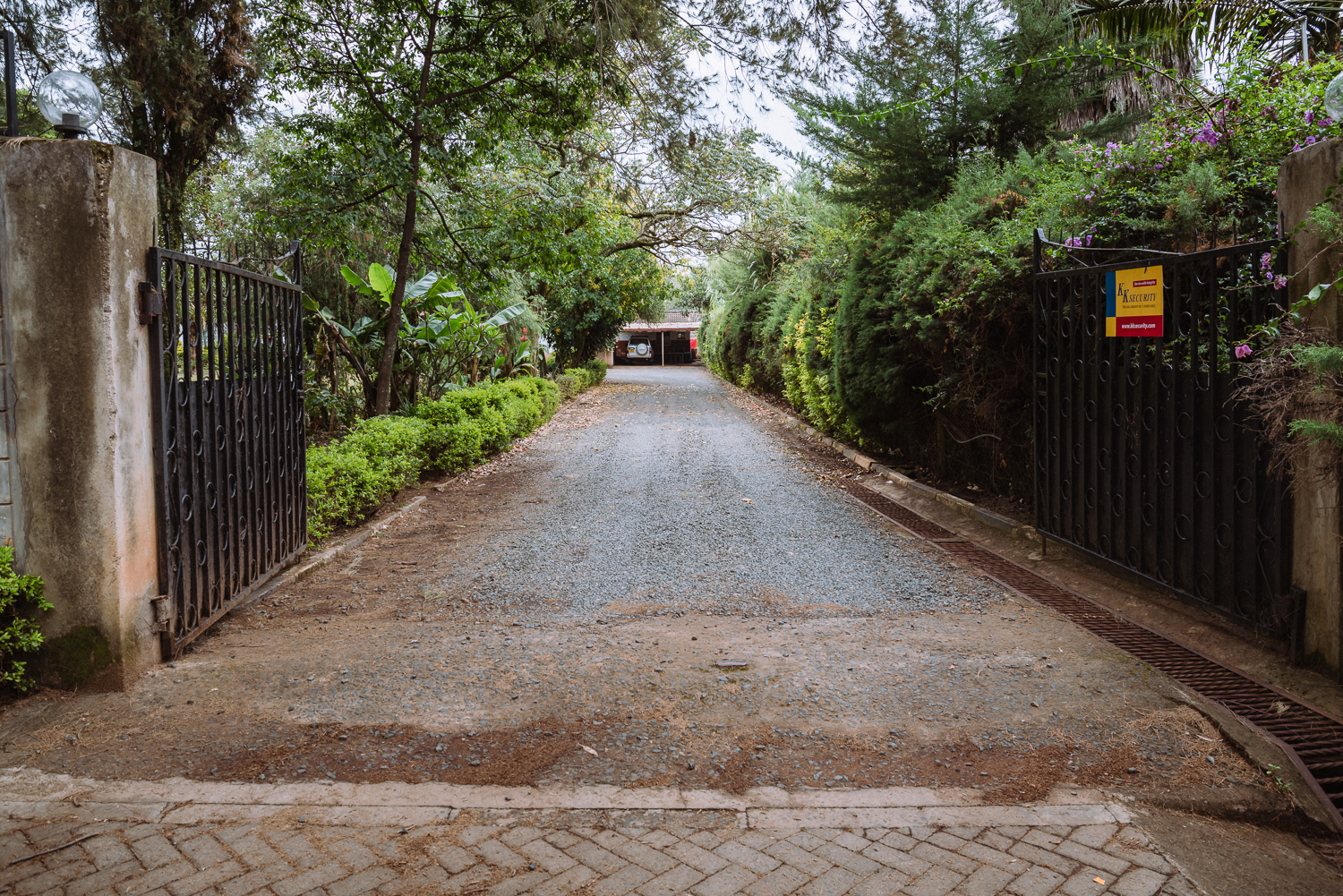
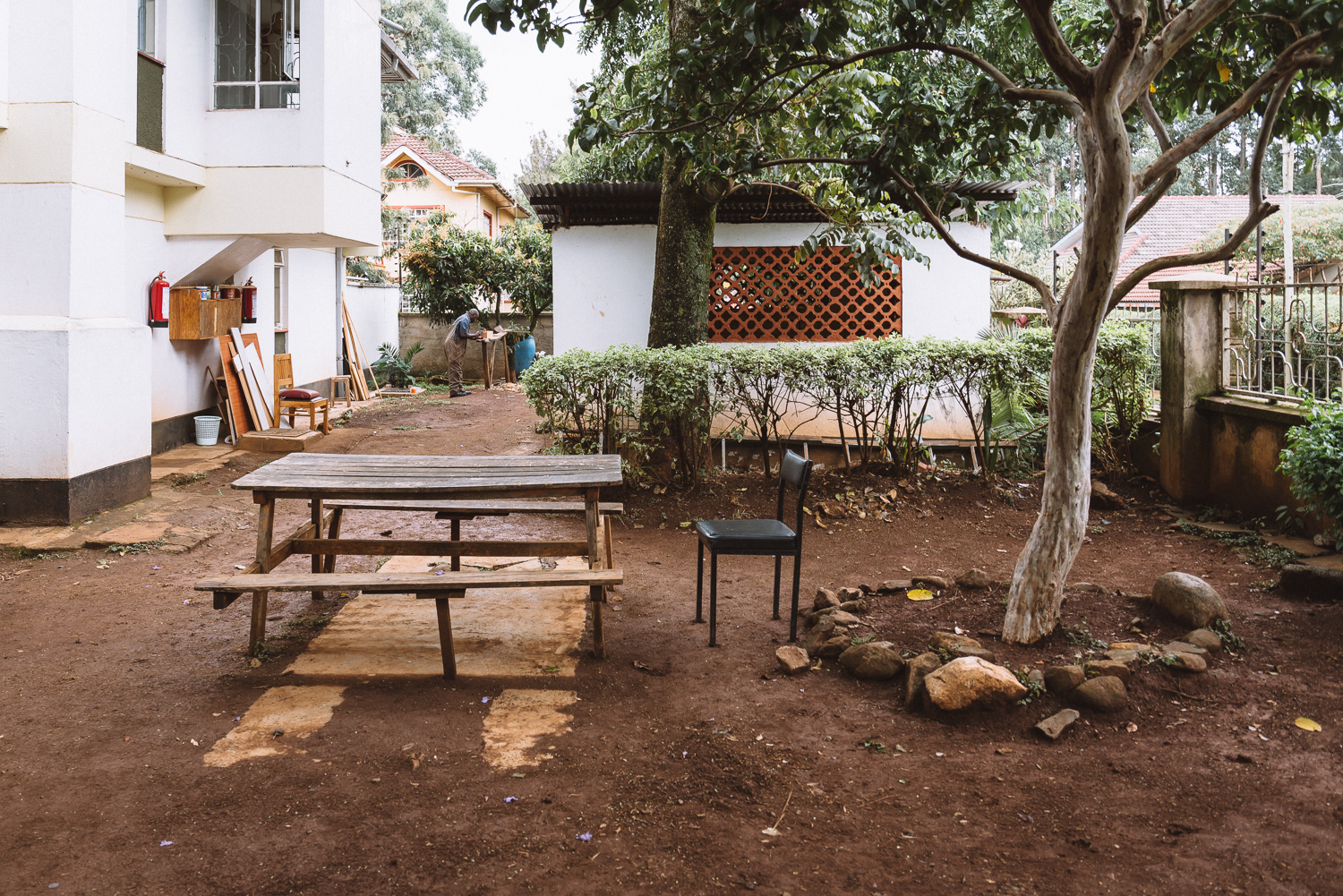
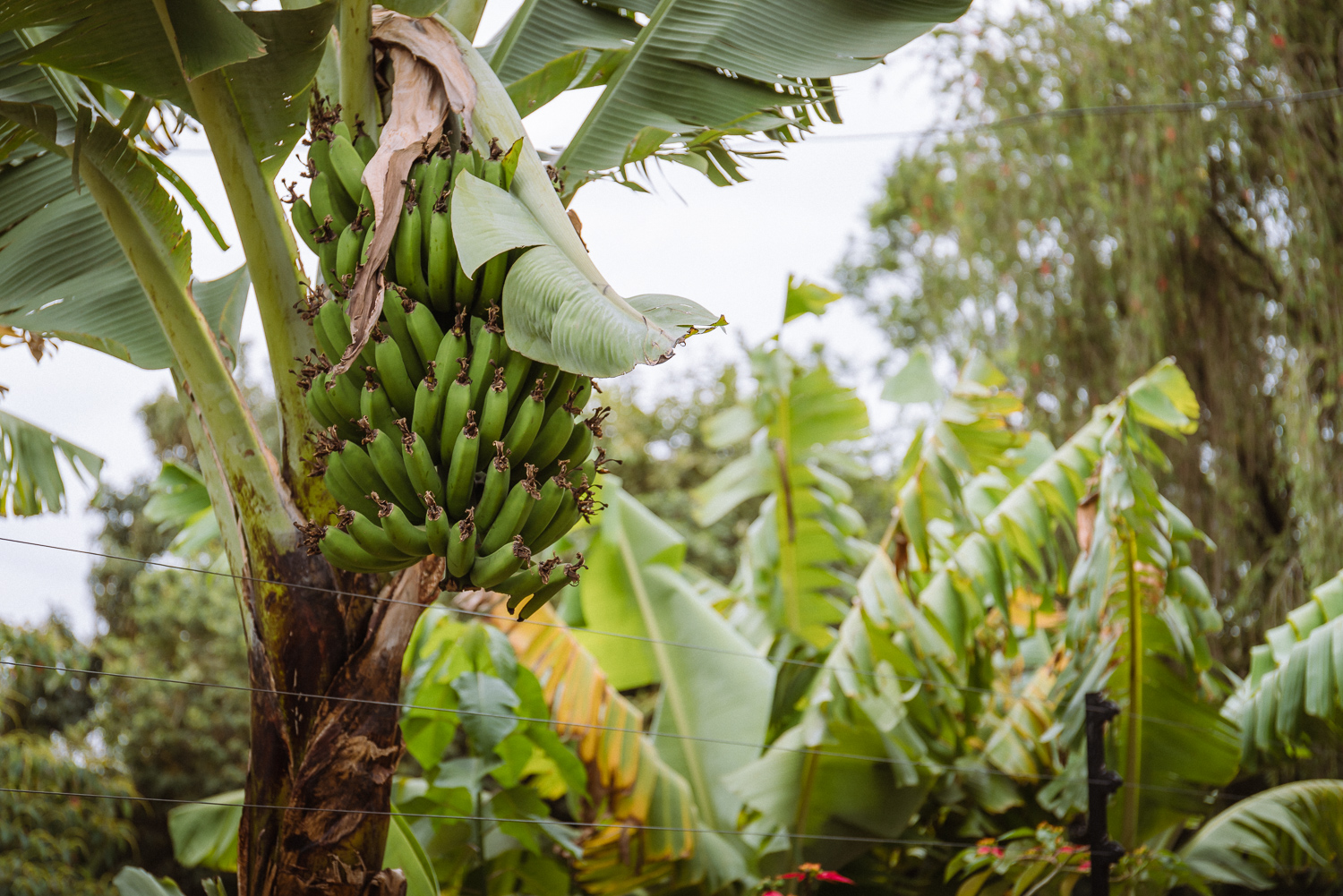
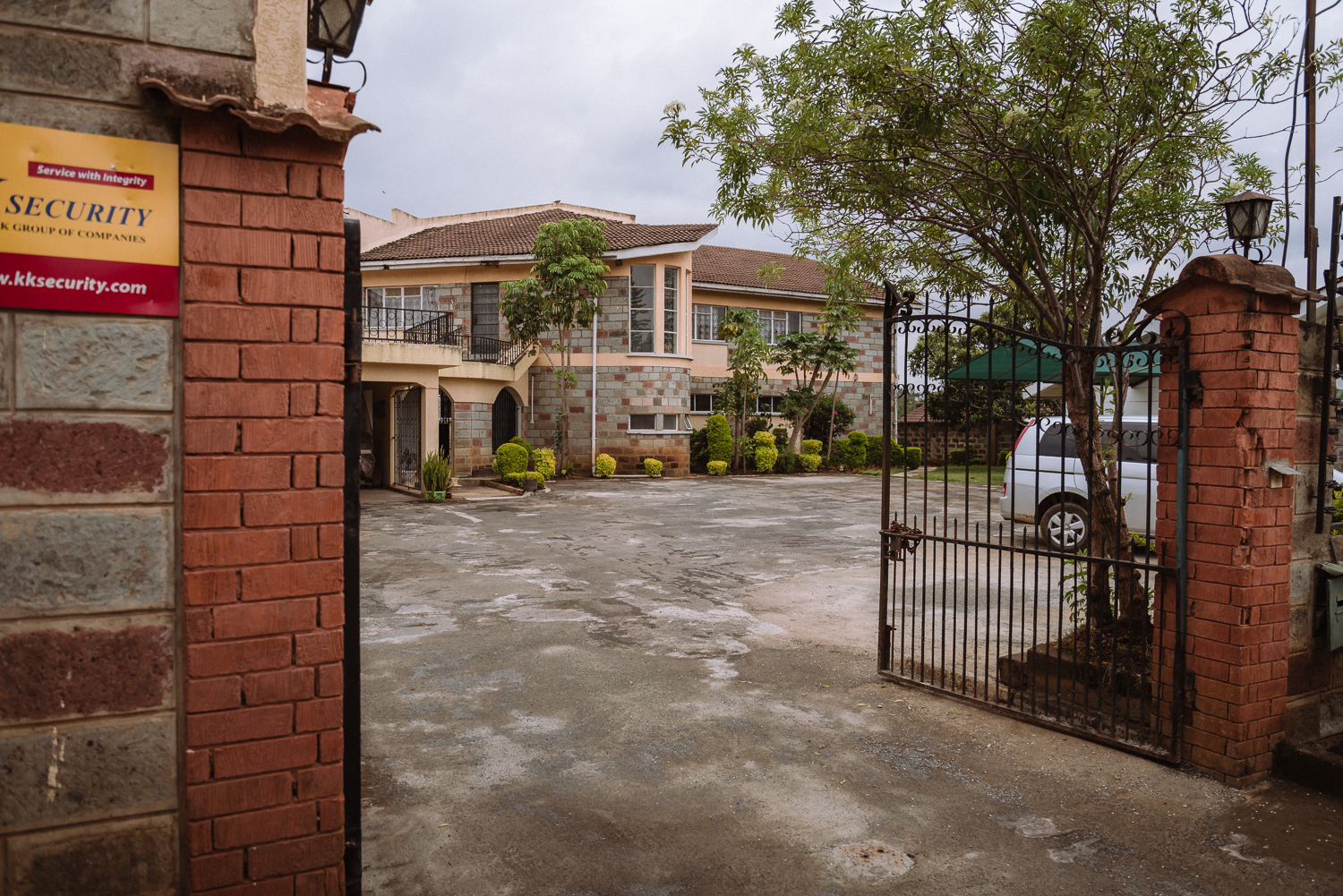
We have cooks here that prepare lunch & dinner for us every day, and let me tell ya, the food is pretty damn good. Unlike America, they always serve tons of fresh fruit & veggies (read: fresh avocados, watermelon, and bananas on the daily). I have actually really enjoyed trying different foods that I normally don’t eat back home, like curry, which seems to be a pretty popular dish.
On to popular question #2, what the heck are we doing/where are we working?
For these two months, I will be working at the Moi University Teaching and Referral Hospital. Founded in 1916, it’s the 2nd largest hospital in the country (I think) and currently has ~1,000 beds, broken up between general wards, cardiac intensive care, mother & baby, and a children’s hospital. It is a national referral hospital, meaning that the sickest of the sick come here for treatment, where we treat patients from all across Kenya, parts of eastern Uganda, and parts of southern Sudan.
Our work is driven by AMPATH (Academic Model Providing Access to Healthcare) which is an incredible organization founded by Dr. Joe Mamlin from Indiana University. It’s basically a huge consortium of various institutions (including Purdue) that are working together to provide care here, mostly focused on HIV prevention and management. Since its birth roughly 20 years ago, AMPATH now treats over 180,000 HIV+ patients each year across 500 sites… how incredible is that?!
Anyway, back to the question. While I am here, my duties primarily focus on rounding on a medical team and caring for patients, helping act as a pharmacist and ensuring all patients receive proper medication therapy. Instead of spending a lot of time writing about this, I’ll let future blog posts and stories clue you in to exactly what I do on a weekly basis.
What’s it been like so far?
There’s really no easy way to put it other than Kenya is very [VERY] different than the US. The most immediately noticeable thing was how much we, as white people, stand out. Everybody told us to expect it, and I absolutely did, but it still doesn’t make it any more comfortable being stared at, honked at, and pointed at everywhere we go. Despite this, the people here in Kenya are almost too nice. Most everybody I interact with has been overwhelmingly amicable, it’s really borderline absurd compared to people in the US.
Things also move slowly. I mean, reeeeally slowly. We spent over an hour in line at the bank just to talk to somebody and over 3 hours in line at a cell-phone store so people could get data on their phones. As another example, we went out to dinner Friday night and it took over 45 minutes just to order our food, and another hour before we even got our appetizers.
Even a week in at the time of me writing this, I am still struggling to adjust to the pace things move here. But, I am trying. Being patient is definitely a requirement here.
Anywho, if you’re still reading this, thank you for bearing with me through that scattered mess of thoughts and words. We took a few day trips this past weekend which I will post about by the end of this week – so more pictures and fun to come!
